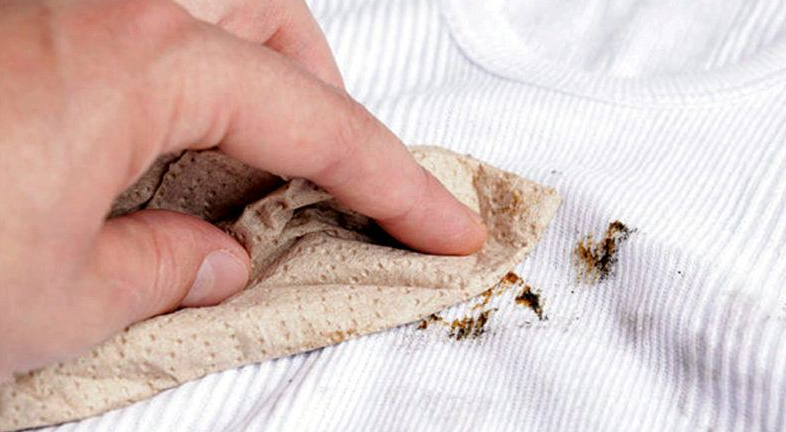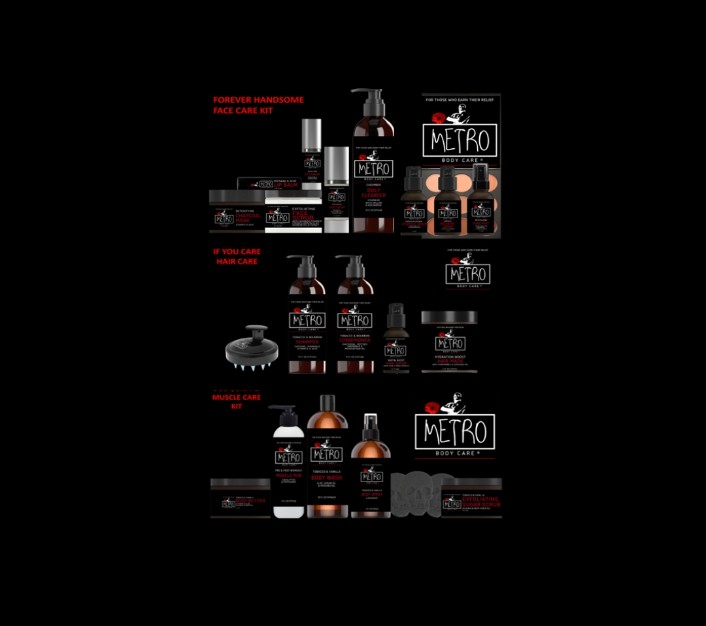Maintaining a clean and hygienic office environment is crucial for the well-being of employees and the overall productivity of a business. A clean office not only creates a positive impression on clients but also reduces the spread of illness, boosts morale, and enhances focus. Whether you manage a small office or a large corporate space, implementing effective cleaning practices can significantly impact the health and efficiency of your workplace.
This article provides essential cleaning tips to ensure your office remains a healthy and welcoming environment for everyone.
1. Prioritize High-Traffic Areas and High-Touch Surfaces
Offices are full of high-traffic areas and frequently touched surfaces that can harbor germs and bacteria. These areas need regular and thorough cleaning to prevent the spread of illness.
Key High-Touch Areas to Focus On:
- Door handles, light switches, and elevator buttons
- Shared office equipment, such as printers, copiers, and coffee machines
- Desks, keyboards, and telephones
- Restroom fixtures and kitchen appliances
Disinfection Best Practices: High-touch surfaces should be disinfected daily using EPA-approved disinfectants that are effective against viruses and bacteria. Pay special attention to shared spaces like conference rooms and break rooms, where employees often gather and use communal equipment. Regular disinfection helps reduce the spread of germs, especially during flu season or periods of increased illness.
2. Implement a Desk Cleanliness Policy
Personal workspaces, such as desks, can quickly become cluttered and unhygienic. Implementing a clean desk policy encourages employees to maintain tidier and more organized workstations, which can reduce distractions and create a more professional atmosphere.
Steps to Ensure Desk Cleanliness:
- Daily Desk Cleaning: Encourage employees to wipe down their desks, keyboards, and computer screens at the end of each day. Providing them with disinfecting wipes or sprays can make this task easy and convenient.
- Decluttering: A cluttered desk can accumulate dust and dirt, making it harder to keep clean. Encourage employees to clear their workspaces of unnecessary items like excess papers, food containers, or personal belongings.
- Paperwork Management: Provide organizational tools, such as filing systems, to help employees manage paperwork and reduce clutter on their desks.
Maintaining clean and clutter-free desks not only promotes cleanliness but also helps employees feel more focused and productive in a tidy space.
3. Deep Clean Carpets and Upholstery Regularly
Carpets and upholstered furniture can trap dust, allergens, and dirt over time, making them a breeding ground for bacteria and odors. Regular deep cleaning of these surfaces is essential for maintaining a healthy office environment, especially in high-traffic areas.
Carpet and Upholstery Cleaning Tips:
- Vacuum Frequently: Daily vacuuming in high-traffic areas, such as hallways, entrances, and communal spaces, helps reduce the accumulation of dirt and dust. For less-frequented areas, vacuuming at least once a week is recommended.
- Schedule Deep Cleaning: Professional deep cleaning of carpets and upholstery should be done every 6 to 12 months, depending on the foot traffic in your office. Steam cleaning is highly effective at removing embedded dirt, allergens, and bacteria that regular vacuuming cannot reach.
- Spot Cleaning: Address spills or stains as soon as they occur to prevent them from setting into the fabric or carpet fibers. Use appropriate cleaning products designed for the material to avoid damaging the surface.
Clean carpets and upholstery not only improve the appearance of your office but also enhance indoor air quality by reducing the presence of dust and allergens.
4. Maintain Clean Restrooms and Break Rooms
Restrooms and break rooms are among the most important areas in any office that require regular attention. These spaces are prone to germs, odors, and messes due to their frequent use by multiple people.
Restroom Cleaning Essentials:
- Daily Cleaning: Clean and disinfect restrooms daily, paying special attention to toilets, sinks, mirrors, and door handles. Regular cleaning helps maintain hygiene and reduces unpleasant odors.
- Stock Supplies: Ensure restrooms are well-stocked with essential supplies, such as soap, paper towels, toilet paper, and hand sanitizer. Empty trash bins regularly to prevent overflow and maintain cleanliness.
- Odor Control: Use air fresheners or odor-neutralizing products to keep restrooms smelling fresh. Regular cleaning of drains and ensuring proper ventilation can also help manage odors.
Break Room Cleaning Tips:
- Sanitize Surfaces: Clean and disinfect all surfaces in the break room, including countertops, tables, and appliances. Shared appliances like microwaves, refrigerators, and coffee makers should be wiped down regularly to remove food residue and bacteria.
- Manage Food Storage: Encourage employees to label and remove old food from the refrigerator weekly. Rotating fridge cleaning responsibilities can help keep this space organized and sanitary.
- Trash Management: Empty trash and recycling bins daily to prevent the buildup of food waste, which can attract pests and create unpleasant odors.
Well-maintained restrooms and break rooms contribute to employee health and satisfaction by providing clean and comfortable spaces for personal use.
5. Improve Air Quality with Proper Ventilation and Air Purification
Indoor air quality plays a significant role in employee health, especially in offices where people spend long hours working. Poor ventilation and air quality can lead to respiratory issues, allergies, and decreased productivity.
Tips for Improving Air Quality:
- Regular HVAC Maintenance: Schedule routine maintenance for your heating, ventilation, and air conditioning (HVAC) systems to ensure they are operating efficiently. Clean air filters regularly to remove dust, allergens, and other airborne particles that could circulate through the office.
- Air Purifiers: Consider installing air purifiers in high-traffic areas or rooms with poor ventilation. Air purifiers with HEPA filters are particularly effective at removing airborne pollutants, improving overall air quality.
- Indoor Plants: Introduce indoor plants to your office to help naturally filter the air. Plants like peace lilies, snake plants, and spider plants are known for their air-purifying qualities and can help reduce the presence of toxins in the air.
Better air quality leads to fewer respiratory issues, lower absenteeism, and a more pleasant working environment for employees.
6. Set Up a Regular Cleaning Schedule
A consistent cleaning schedule is the backbone of a healthy office environment. Whether you rely on an in-house cleaning team or outsource the work to a professional service, having a clear and regular cleaning plan ensures that every area of the office receives the necessary attention.
Steps to Establishing a Cleaning Schedule:
- Identify Key Areas: Determine the areas that need daily, weekly, and monthly cleaning. For example, high-traffic areas and restrooms should be cleaned daily, while deep cleaning of carpets and windows can be scheduled less frequently.
- Assign Responsibilities: If using an in-house team, ensure cleaning duties are clearly assigned and rotated as necessary. If outsourcing, communicate your expectations clearly to the cleaning service to ensure consistency and thoroughness.
- Monitor and Adjust: Regularly review the cleaning schedule to ensure that all areas are being properly maintained. If certain spaces require more frequent cleaning due to changes in usage, adjust the schedule accordingly.
A well-maintained cleaning schedule ensures that no areas are neglected, helping to keep the office environment consistently clean and healthy.
Conclusion
A clean office environment is essential for promoting the health and well-being of employees, reducing the spread of illness, and improving overall productivity. By implementing these essential cleaning tips—such as focusing on high-touch areas, maintaining personal workspaces, regularly cleaning carpets, and ensuring proper ventilation—businesses can create a healthier and more efficient workplace.
Investing in regular cleaning, whether through internal teams or professional services like Neat N Tidy, helps keep employees healthy, boosts morale, and enhances the overall appearance and function of the office.




